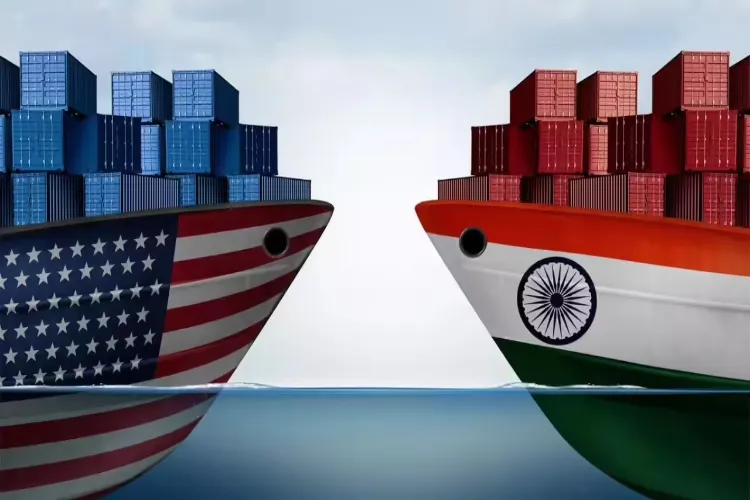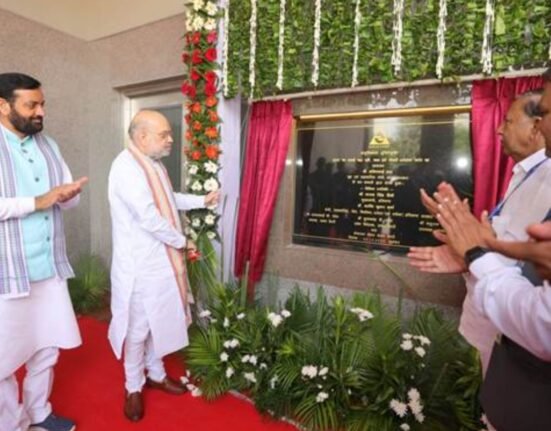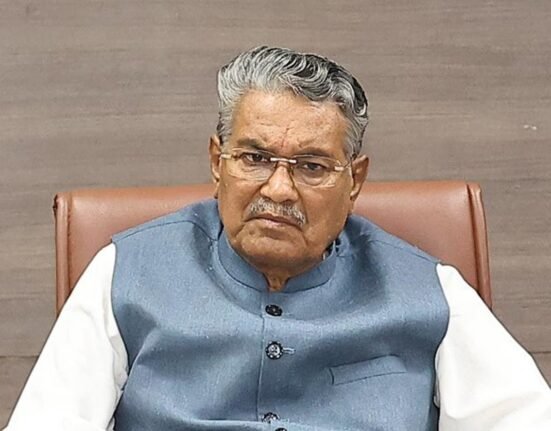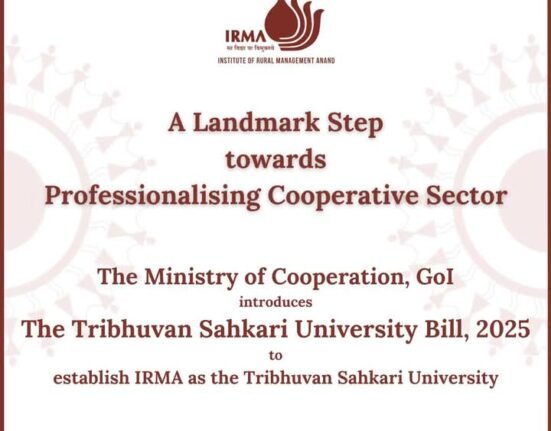New Delhi | July 15, 2025 – As the United States raises import tariffs on China, Canada, and Mexico, India stands to gain a significant export edge, particularly in sectors like textiles, pharmaceuticals, electronics, and machinery, according to NITI Aayog’s latest Trade Watch Quarterly report. But despite this strategic opening, India’s dairy sector remains firmly protected, with no duty concessions offered—even in the face of ongoing Free Trade Agreement (FTA) negotiations with Washington.
The third edition of the Aayog’s report highlights that India could gain competitiveness in 22 of the top 30 product categories, representing a massive $2.28 trillion US market. These opportunities arise due to newly imposed US tariffs—30% on China, 35% on Canada, and 25% on Mexico—which elevate India’s export appeal in overlapping product segments.
🥛 Dairy Sector: India’s Firm Red Line
However, the dairy sector remains completely off the table, continuing a long-standing Indian trade policy of not opening the sector in any FTA. India’s position is particularly sensitive due to its cooperative-led dairy economy and the livelihoods of over 80 million farmers.
India has never included dairy in any FTA, including those with the UK, UAE, or ASEAN. Even amid growing US pressure to include dairy items like milk powders, cheese variants, and lactose products, New Delhi is unwilling to allow duty cuts or import expansion.
In fact, India has hardened its position in the latest round of bilateral trade talks, which resumed this week in Washington. According to officials, New Delhi is resisting all demands for duty concessions on agri and dairy imports, including genetically modified crops, apples, and tree nuts.
📦 India’s Strategic Export Window
The NITI Aayog report states that India could enhance its export competitiveness in:
-
Pharmaceuticals
-
Textiles and garments
-
Electrical machinery
-
Furniture, seafood, and plastics
India already has a relative tariff advantage in 78 products, covering over 52% of India’s exports to the US and a 26% share of total US imports in these categories.
However, in six major categories where India still faces a 1–3% tariff disadvantage, negotiators are hopeful these may be resolved through bilateral discussion.
To maximise the opportunity, NITI Aayog has also recommended:
- PLI schemes for labour-intensive sectors like footwear, leather, and handicrafts
- Lower electricity costs via rationalising cross-subsidies
- Renewable energy adoption to reduce manufacturing overheads
- A services-oriented trade agreement with robust digital trade frameworks
🔄 Trade Deal Update: Interim Pact Likely Before Full FTA
The current round of India–US trade talks aims to finalise an interim bilateral trade agreement (BTA) by September–October 2025, with a broader FTA to follow. However, the path remains complex due to:
- India’s demand for lower US tariffs on steel (50%), aluminium (50%), and automobiles (25%)
- The US seeking easier access for EVs, petrochemicals, and wines
- India pushing for mobility of skilled professionals and access for IT, fintech, and healthcare services
As US President Donald Trump’s administration continues to issue tariff letters to multiple countries, including India, New Delhi is using the WTO framework to defend its trade position and has reserved the right to impose retaliatory tariffs.







